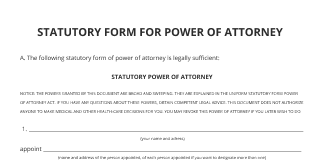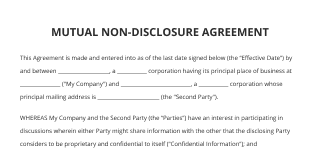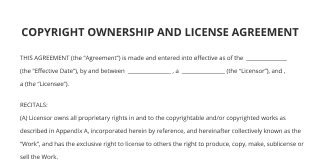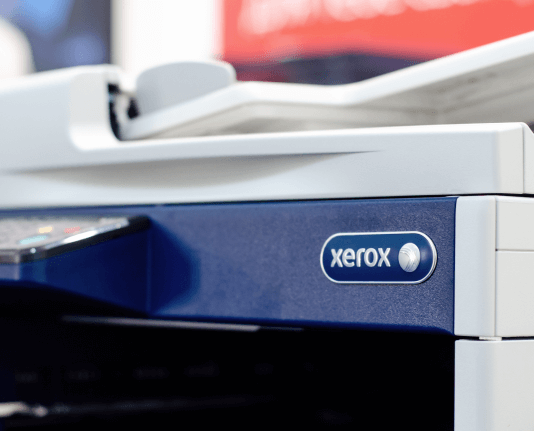Understanding Invoice Vs Billing for Your Business Needs
Move your business forward with the airSlate SignNow eSignature solution
Add your legally binding signature
Integrate via API
Send conditional documents
Share documents via an invite link
Save time with reusable templates
Improve team collaboration
See airSlate SignNow eSignatures in action
Understanding the Difference Between Invoice and Billing
In the realm of financial transactions, the terms "invoice" and "billing" are often used interchangeably, but they represent different concepts. An invoice is a detailed document that outlines the goods or services provided, along with their costs. It serves as a request for payment from the buyer to the seller. In contrast, billing refers to the overall process of requesting payment, which may include the issuance of invoices, statements, or reminders. Understanding this distinction is crucial for businesses to manage their finances effectively.
Key Components of an Invoice
An invoice typically includes several important elements that provide clarity and transparency in financial transactions. These components are:
- Invoice Number: A unique identifier for tracking purposes.
- Date of Issue: The date when the invoice is generated.
- Seller Information: Details about the business providing the goods or services.
- Buyer Information: Details about the customer receiving the invoice.
- Description of Goods/Services: A breakdown of what is being billed.
- Total Amount Due: The total cost that needs to be paid.
- Payment Terms: Conditions under which payment should be made.
Billing Process Explained
The billing process encompasses various steps that ensure timely payment collection. It starts with the issuance of an invoice and may include follow-ups, reminders, and payment confirmations. Key aspects of the billing process involve:
- Generating Invoices: Creating accurate invoices based on services rendered or products sold.
- Sending Invoices: Delivering invoices to customers through email or physical mail.
- Tracking Payments: Monitoring received payments against issued invoices.
- Follow-Up Communications: Sending reminders for overdue invoices to ensure prompt payment.
When to Use Invoices vs. Billing Statements
Choosing between an invoice and a billing statement depends on the nature of the transaction. Invoices are ideal for one-time sales or specific projects, providing a clear request for payment. Billing statements, on the other hand, are useful for ongoing relationships, summarizing multiple transactions over a period. They help customers understand their payment history and outstanding balances.
Best Practices for Invoice Management
Effective invoice management is essential for maintaining healthy cash flow. Consider the following best practices:
- Timely Issuance: Send invoices promptly after delivering goods or services.
- Clear Terms: Clearly outline payment terms to avoid confusion.
- Follow-Up: Regularly follow up on unpaid invoices to encourage timely payment.
- Use Digital Tools: Utilize digital solutions for creating, sending, and tracking invoices efficiently.
Common Challenges in Billing and Invoicing
Businesses often face challenges in the billing and invoicing process. Common issues include delayed payments, discrepancies in invoice amounts, and lack of clarity in billing terms. Addressing these challenges requires clear communication with clients, regular audits of billing practices, and the use of reliable invoicing software to streamline the process.
airSlate SignNow solutions for better efficiency
Our user reviews speak for themselves






Why choose airSlate SignNow
-
Free 7-day trial. Choose the plan you need and try it risk-free.
-
Honest pricing for full-featured plans. airSlate SignNow offers subscription plans with no overages or hidden fees at renewal.
-
Enterprise-grade security. airSlate SignNow helps you comply with global security standards.

Grasping the distinctions between invoice and billing: An overview of airSlate SignNow advantages
When it involves document management, recognizing the dissimilarity between invoice and billing is essential. airSlate SignNow provides a smooth solution for companies aiming to optimize their document signing workflows. With its intuitive interface and powerful features, it enables organizations to effectively manage eSignatures and document handling.
Procedure to leverage airSlate SignNow for invoice and billing
- Launch your web browser and head to the airSlate SignNow main page.
- Sign up for a free trial account or log in if you possess one already.
- Choose the document you want to sign or send for signatures and upload it.
- If you intend to reuse this document later, save it as a template for upcoming use.
- Open your uploaded document to make necessary modifications, such as adding fillable fields or including specific details.
- Sign the document and assign signature areas for the recipients.
- Press 'Continue' to set up and send an eSignature request.
airSlate SignNow distinguishes itself with its remarkable return on investment, providing a vast range of features for the expenditure involved. It is crafted for user-friendliness and adaptability, making it perfect for small to medium-sized enterprises. With clear pricing, there are no concealed charges or surprise expenses, and all paid plans feature outstanding 24/7 assistance.
To sum up, airSlate SignNow streamlines the document signing experience while delivering substantial value for businesses. Begin your free trial today and witness the benefits for yourself!
How it works
airSlate SignNow features that users love
Get legally-binding signatures now!
FAQs
-
What's the difference between an invoice and a payment?
Invoices and receipts have different purposes as they're issued at different stages of the sales process. Invoices are issued prior to the customer sending the payment, whereas a receipt is issued after the payment has been received. The invoice acts as a request for payment, and the receipt acts as a proof of payment. -
Is an invoice considered a utility bill?
Utility bills are invoices that reflect the amount of money owed for utility services. Understanding how to read and manage these bills is crucial for keeping your utility expenses in check. -
What is the difference between a utility bill and an invoice?
Details of sale: Bills are usually sent by companies that require quick payment, such as a utility or internet service provider. Meanwhile, product or service suppliers will usually send an invoice that includes details on what was produced, who purchased it and terms for payment. -
What is meant by a utility bill?
A utility bill is a monthly statement from a company that provides an essential service, such as electricity, gas, water, or broadband. Your utility bill can also act as proof of address if you need it in the future. -
What is the difference between bill and invoice?
The terms 'bills' and 'invoices' are often used synonymously, and this can lead to confusion. To summarise, it's important to remember: Bills provide limited details such as prices and VAT, invoices provide detailed information and are therefore legally binding. -
Is invoicing the same as billing?
An invoice and a bill are documents that convey the same information about the amount owing for the sale of products or services, but the term invoice is generally used by a business looking to collect money from its clients, whereas the term bill is used by the customer to refer to payments they owe suppliers for ... -
What is the difference between a tax invoice and a bill?
A GST tax invoice is a document issued by a seller to a customer when goods or services are sold at a taxable price. An invoice bill does not include the tax amount payable, while a GST tax invoice does. This is important to remember when filing taxes, as the tax amount payable must be included in the calculation.
What active users are saying — invoice vs billing
Related searches to Understanding invoice vs billing for your business needs
Get more for invoice vs billing
- Easily electronically sign email with airSlate SignNow
- Discover the best free e-signature apps for your business
- Simplify your e-Mudhra application for DSC with airSlate SignNow
- Secure electronic signature using Aadhar for seamless document signing
- Choose the best e-signature service company for your business
- Secure your documents with electronic signature encryption
- Discover electronic signature for DGFT with airSlate SignNow
- Effortlessly enhance your workflow with our digital certificate signing service
Find out other invoice vs billing
- Seamlessly add a digital signature in Microsoft Word
- Discover the format of an electronic signature for ...
- Effortlessly obtain online signatures for documents ...
- Easily manage your documents with digitally signed ...
- Unlock the power of electronic signature in Word for ...
- Send and eSign your email with digital signature ...
- Discover an effective sample of e-signature for your ...
- Discover the power of our signature algorithm for ...
- Effortlessly create and manage your virtual ...
- Easily manage your online signed document needs
- What is digital signing and how can it transform your ...
- Sign your documents effortlessly with signed electronic ...
- Simplify your workflow with online signature for ...
- Discover the best software to sign PDFs for your ...
- Ensure document authenticity with airSlate SignNow
- Unlock the power of digital signatures for your ...
- Unlock efficient workflows with e-signature contract ...
- Harness the power of wet ink signatures with airSlate ...
- Streamline your workflow with e-signature document ...
- Experience the power of digitalized signature for ...






























